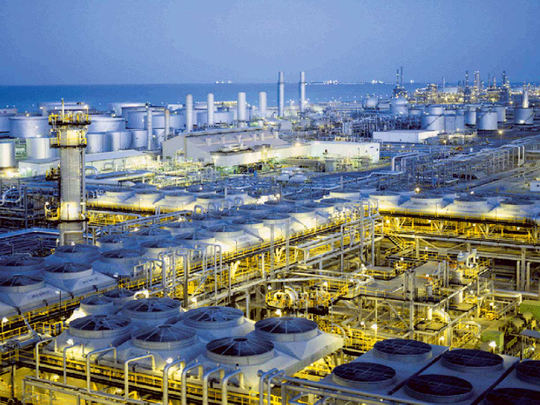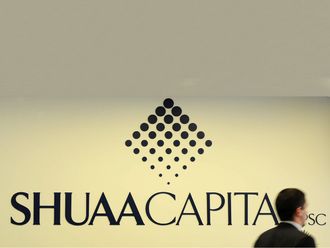
Dubai: In June 2015 Saudi Arabia opened its $560 billion (Dh2.05 trillion) stock market — the biggest in the Gulf region — to foreign investors, a step that many industry watchers see as a prelude to the listing plans and attracting foreign capital in its crown jewel called Aramco, which is five times bigger than its nearest competitor Exxon Mobil.
With oil prices at $40 per barrel, Saudi Arabia, the world’s biggest exporter of oil, has been facing challenging times with foreign exchange getting depleted by $15 billion a month, at a time when public spending remains unabated.
And industry watchers call Aramco’s listing plans a master stroke seen taking shape in 2017 to revive foreign flows in the country, something it is in dire need of.
Click to view infograph: The crown jewel and Saudi economy at a glance
Samref says oil refiner operating at full capacity
Milestones in the life of Aramco
Oil rises most in two months on US output drop, freeze talks
“Given the size of Aramco it will be a difficult investment event to ignore for global investors,” Vaqar Zuberi, Portfolio Manager and Senior Analyst within Mirabaud Asset Management’s Hedge Fund team told Gulf News.
Saudi Arabia plans to sell 5 per cent stake in the world’s biggest oil player, and the Sovereign Wealth Fund Institute feels that the sovereign wealth fund could receive some $106 billion in cash from the sale, a 5 per cent addition to the $2 trillion fund.
Timely listing
“Opening up the stock market last year to foreign investors was a pivotal first step, but they were unlucky, in that, it coincided with the sharp decline in oil prices through the end of the year, thus dampening sentiment,” said Zuberi.
But with oil prices having recovered from its 12-year low to trade above $40 per barrel mark, analysts say the target of 2017 for listing could be timely.
“It’s clear that oil at around $40 per barrel has accelerated this process, and they probably feel that there is a finite time frame with which to announce their plans and get the ball rolling,” Zuberi said.
Oil prices have been on a downward trend since 2014 on a supply glut amid sagging demand for the commodity in a low growth environment. Brent has shed 60 per cent of its value from the high of more than $100 per barrel, with Saudi Arabia’s break even price still pegged at $100, about 60 per cent higher than the current level.
“Current oil data and their recent trends show that oil imbalances should reduce through the second half of the year. Since oil prices remain below marginal cost in the US as well as for other big producers such as Colombia, Mexico and China. These countries are cutting their capex again and pushing down their future supply,” Erasmo Rodriguez, Equity Analyst — Energy & Utilities at Union Bancaire Privée said.
“We are therefore expecting the privatisation of Aramco to happen when the oil market will have improved, and Aramco’s officers are working towards that,” Rodriguez added.
Diversification
“Many were saying that the idea of IPOing Aramco was just an attempt to get liquidity to cover Saudi financial needs, but that’s far from the truth. The objective is to diversify income. This is the main objective. Therefore, IPOing Aramco and transferring its shares to PIF will technically make investments the source of Saudi government revenue, not oil,” Saudi deputy crown prince Mohammad Bin Salman told Bloomberg in a recent interview.
Analysts say that the plan has a potential to generate another $100 billion of non oil revenue per year by 2020 in an economy which is solely dependent on volatile oil prices.
“Saudi Arabia appears serious and committed to reform and diversification, which is more than can be said of many other energy producing nations currently. And over time we expect that this will be reflected in the relative economic performance and market valuations among these countries,” Zuberi said.












